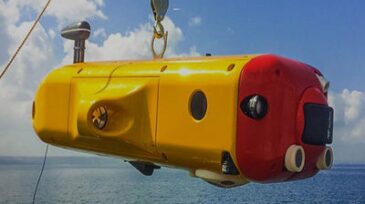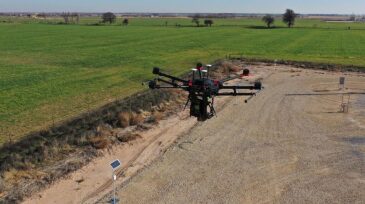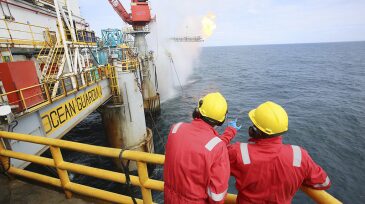Data & Analytics
Mark your calendars for the first SPE Live featuring the 2025 TWA Energy Influencers.
EZOps will integrate its Mobile Oilfield Management platform into the college’s energy technology program, giving students hands-on experience with digital tools used in modern oilfield operations.
Switching from continuous circulation to cyclic huff-‘n’-puff operation in enhanced geothermal systems can significantly delay thermal breakthrough, sustain higher production temperatures, and improve long-term economic performance.
-
The two technology startups aim to bring scale to the visual side of oilfield automation with a new deal that will cover 90% of US energy assets.
-
The world’s largest oilfield services firm and one of the largest providers of SCADA systems have formed a joint venture to create Sensia, an integrated automation suite.
-
The technology is being proven in millions of phones and homes across the world. Now, a small group of software startups wants to introduce chat bot technology to oil and gas professionals.
-
Saipem is taking the lead in advancing the capabilities of FlatFish, an autonomous underwater vehicle being developed by Shell for commercial application by 2020.
-
Drones will be just one of the tools that the service company uses in its drive toward net-zero carbon emissions.
-
The term digital oil field has become a buzzword in the oil and gas industry these days, with the mention of it bringing up pictures of computers, flashy screens, and programming to mind. In reality, the concept goes beyond these.
-
Two new centers in Bergen, Norway will lean on emerging digital technology to oversee much of the Norwegian operator’s offshore operations.
-
The international major has been playing with intelligent programs for years, but this new deal shows that it is now ready to scale those efforts up to cover hundreds of thousands of pieces of equipment.
-
The 5-year-old software startup is getting noticed by the oil and gas industry for its ability to accelerate analytics projects by taking care of all the tedious work involved with data wrangling.
-
BP has invested more than $100 million into nine different startup companies in the past 2 years—but only one of them wants to turn your brain into a piece of its software.













